A Phoenix shall rise from the ashes
Thursday, on my way back up Route 3, I made a detour in my travel to see Menokin Plantation. Located just outside of Warsaw, Virginia (about 30 to 40 minutes from Belle Grove), this plantation is down a long gravel drive that runs beside fields of corn. In the morning light, this tall corn towers over my car and is illuminated by the sun filtering through its green leaves.
I didn’t know what to expect. I have heard about Menokin, but my knowledge of its history and its appearance was very little. I came to a turn in the corn field and in the distance I could see what looked like a small building in ruins with a huge shelter over it. I knew that to be the house. I had been told that it was in ruins and to see it from this distance made my heart ache.
I arrived at the Visitors Center and met the Museum Curator.
She started me off by giving me some history of Menokin.
“Menokin was built c. 1769 on the occasion of the marriage of Francis Lightfoot Lee and Rebecca Tayloe. Rebecca was the daughter of John Tayloe II, who built neighboring Mount Airy. He gave the couple the large plantation on Cat Point Creek, and financed construction of the two-story stone Menokin and its dependencies. Soon after, Francis Lightfoot Lee joined the cause of American independence, served in the Continental Congress from 1775 to 1779 and signed the Declaration of Independence (together with his brother Richard Henry Lee) and the Articles of Confederation. Except the years when Francis Lightfoot Lee’s term of service in the Continental Congress drew both him and Rebecca Tayloe Lee to Philadelphia, the couple lived at Menokin until they both died in 1797. The Lees did not have children: Menokin reverted to the ownership of the Tayloes of Mount Airy, and was the home of John Tayloe Lomax, the first professor of law at the University of Virginia. In 1823, Menokin was sold to Benjamin Boughton, who then sold the property to Richard Harwood lived in the house with his family and farrmed the land until his death in 1872, after which the property passed to the Belfield family and then to the Omohundro family. By 1995, Menokin was owned by T. Edgar Omihundro and his sister, Dora Omohundro Ricciardi. Upon her death, she willed her share to her brother and on July 4, 1995, Mr. Omohundro gave the entire property to the Menokin Foundation.
During the 1960s through the early 1990s, Menokin lay vacant and went into serious decline. The house never burned, but slowly collapsed over three decades. Today the northeast quadrant of the house still stands and approximately 80 percent of Menokin’s original materials have survived, including the interior woodwork. In 1940, while the house and one outbuilding were still standing, the Historic American Buildings Survey produced detailed photography and comprehensive measure drawings of the property. In 1964, the original pen and ink presentation drawings for Menokin were discovered among some Tayloe Family papers at Mount Airy. Four years later, as the house was in serious trouble of collapsing, the interior woodwork was removed by the Omohundro family and put into storage. The surprisingly intact woodwork is back at Menokin and can be viewed at the Foundation’s King Conservation and Visitor Center.”
After the short film and history lesson, the curator walked me around the center. She showed me what is next for Menokin. They are working on building a glass structure around the ruins to show what the house would have looked like in contact. This will also allow visitors as well as students to view the architecture and building skills of the 1700s and 1800s.
I also had the opportunity to view some of the woodwork that was taken from the house before the collapse. From what the curator told me, just before they started removing the woodwork from the house, some of it had started “disappearing”. It is sad that someone would come and just take it. But with the original drawings, they are able to identify pieces that they have and know where it went.
They also had someone come to them with a possible piece of the woodwork. The owner told them that if they could identify the door as theirs, he would donate it to them. Through these drawings, they were able to let him know where the door originally stood. So it was nice to see something make it back.
After my visit to the Visitors Center, I headed up to the ruins. This is a self-guided tour. I was the only one there at that time. After I pulled up to the ruins and opened my car door, the breath quickly escaped from me. I stood there just for a moment and could feel tears starting to drop down my cheeks. Still my breath didn’t return. It was very overwhelming and sad to see.
I slowly made my way around the house, listening to the quiet and trying to image Francis Lightfoot Lee and his Rebecca moving in and around the doors and windows I could see. I tried to image fires burning in the fireplaces and the fire of Independence they must of felt. The “ghosts” from the past were so thick in the air that the whole time I was there, I could hardly breath. I walked down the walkway that lead down to the basement and stopped just short of walking into the basement. Somehow it felt wrong for me to be there. I just couldn’t bring myself to go in. I took what pictures of I could and stood and listened to the “ghosts” of the past as they went about their daily lives. I did something I don’t know if I really understand why I did it. But I spoke to those that came before; that fought for what we have today. And I thanked them. I then turned and returned to my car.
My heart was so sad for the house. But I was happy to know that it was going to be saved. That someone cared enough to keep it and to do something that would benefit future generations. For this I am thankful that today we don’t just have a picture of what was, but something real and from that time we can capture and remember.
To see other places I have gone
Please visit our Facebook Fan Page
or Our Official Website
Please like and share both with your family and friends
Help us spread the word about Belle Grove Plantation!



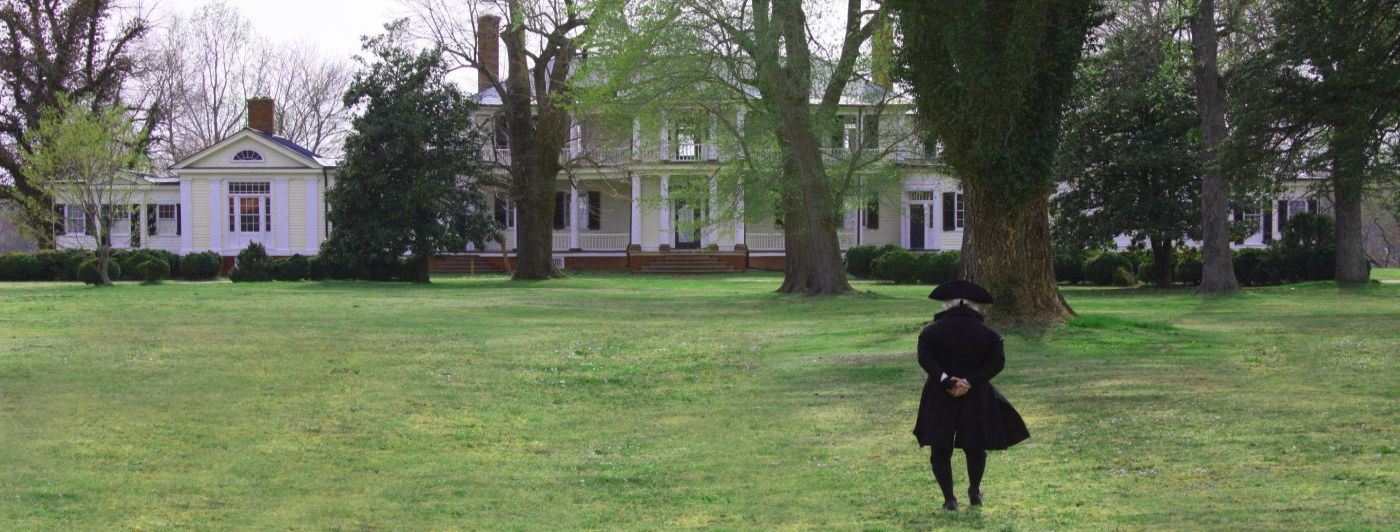


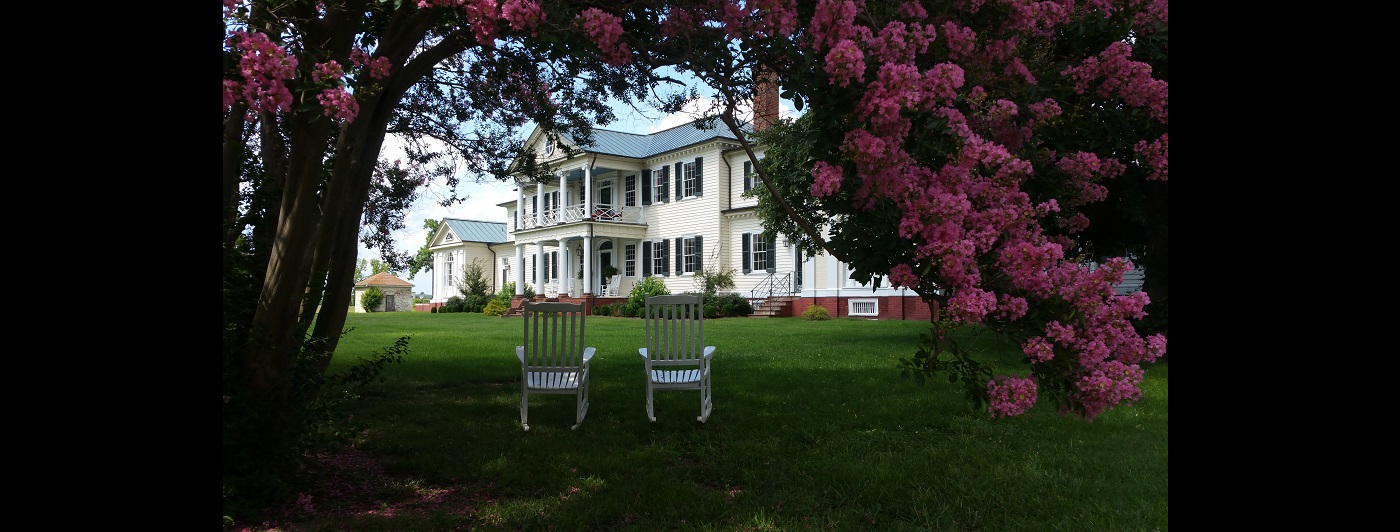
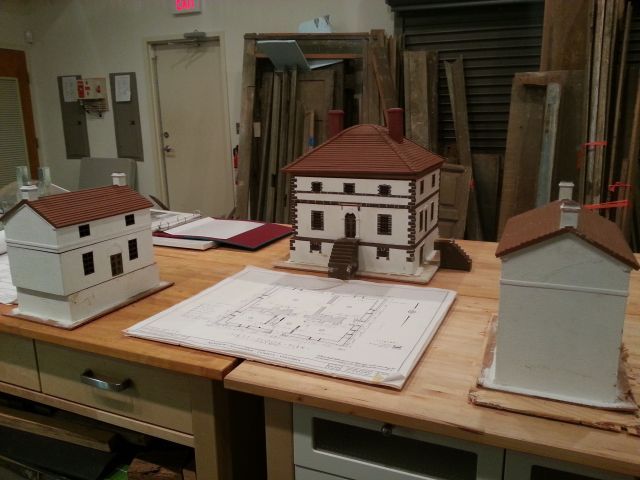

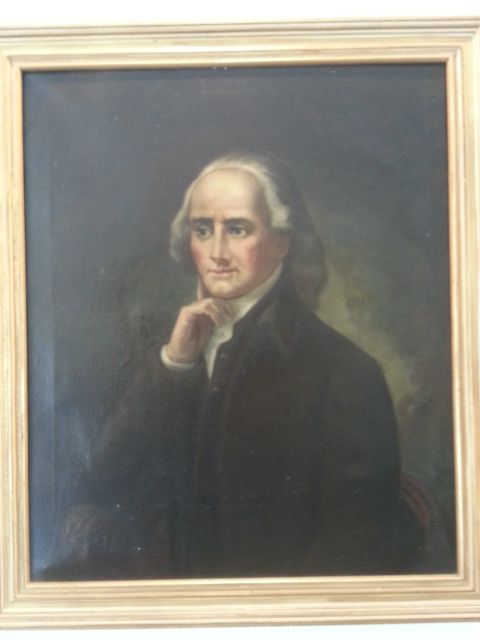
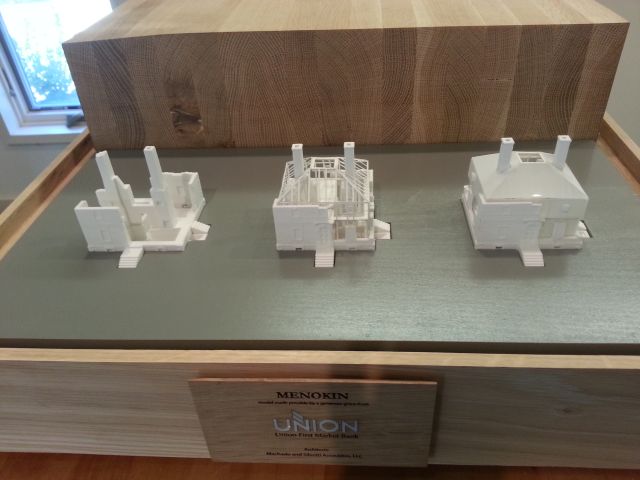
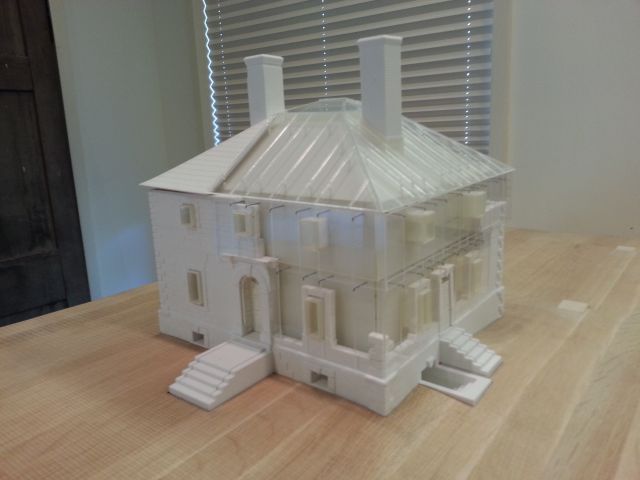

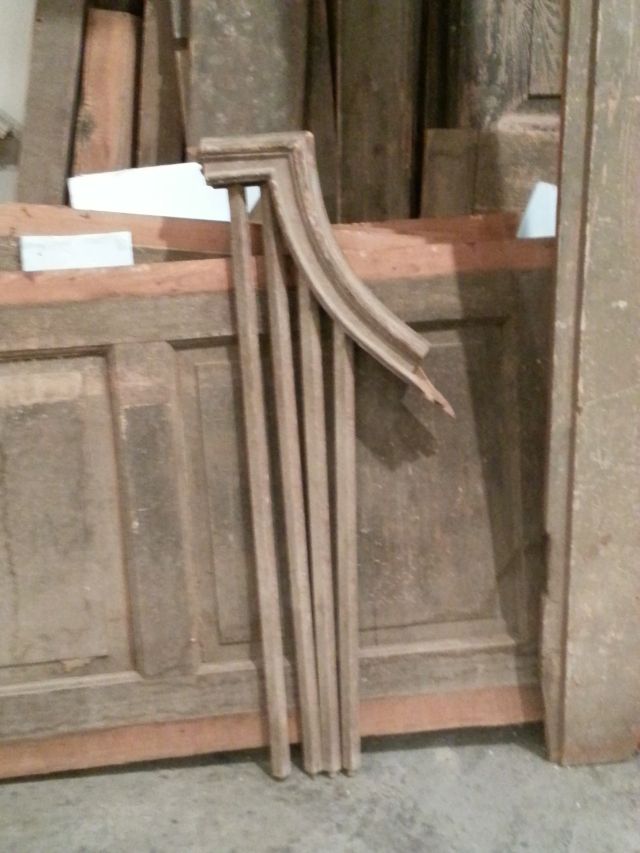

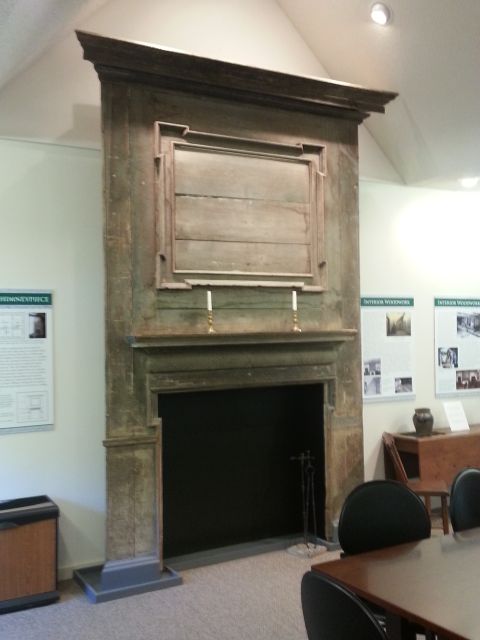
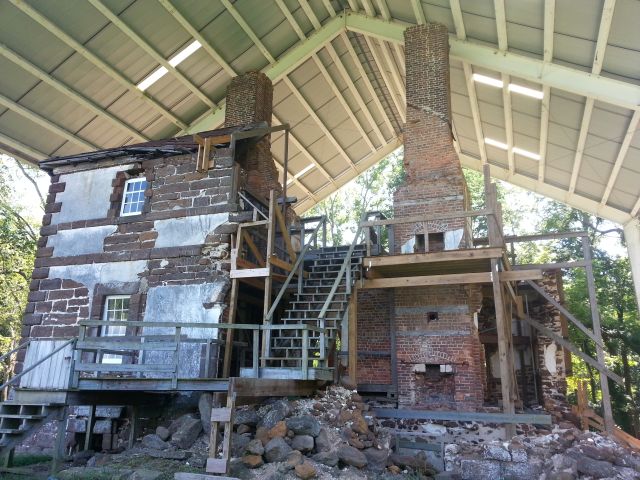
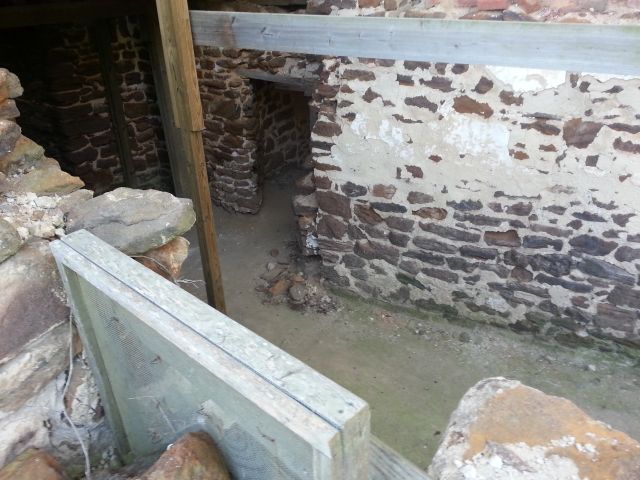



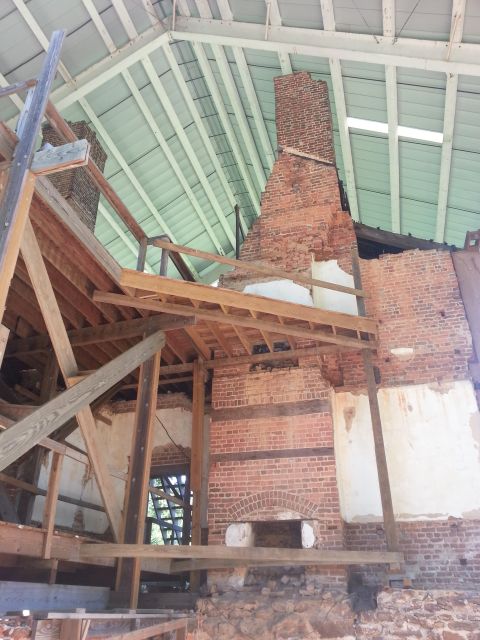


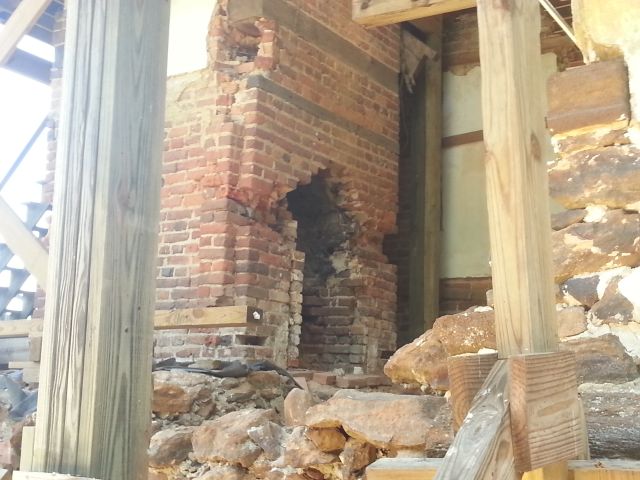
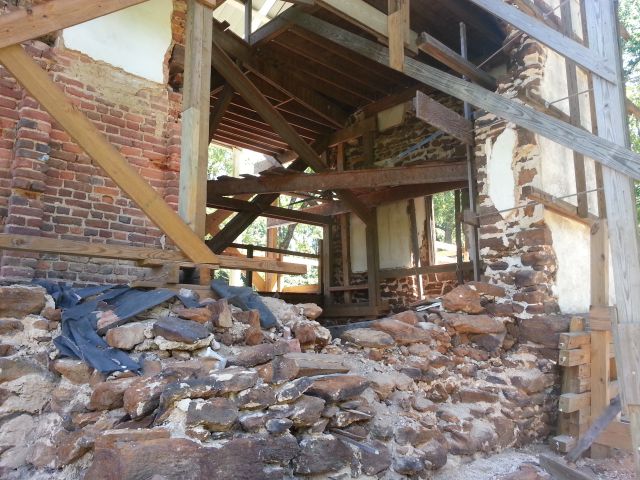
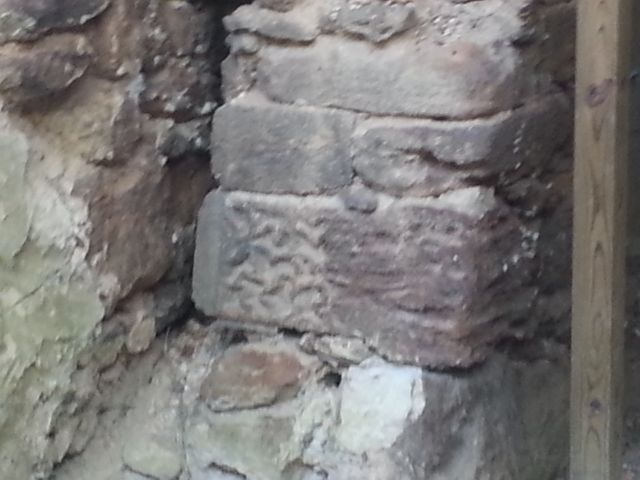
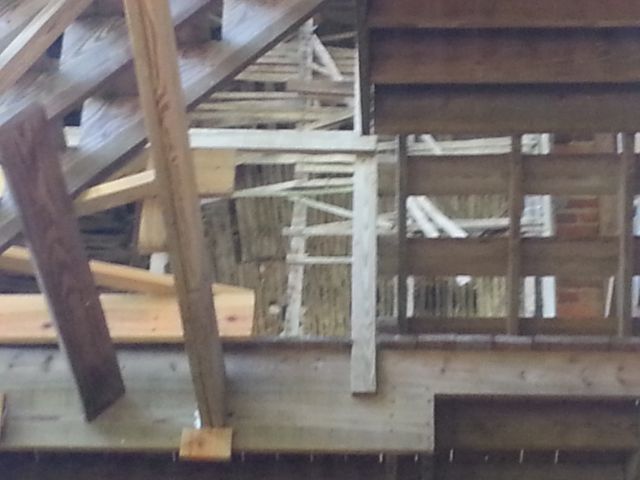

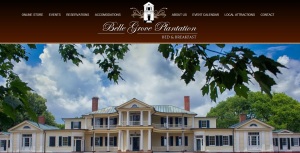
it definitely has reason to be saved. So much history but even when complete it compares little to Belle Grove
Aw thank you. But in its only way, it is just a beautiful.
I totally understand thanking the ghosts for their sacrifices, especially in places like this. And for feeling there are places within a structure that just aren’t right for me to wander through. And it IS wonderful when such places are protected.
Yes it is. I am so glad someone cared.
The big houses, north, south, east and west are a living piece of our nation’s history. People don’t live on the same land for generations anymore. This is why we can’t lose these homes, and why one in such disrepair is a darn shame.
I couldn’t have said it better myself! Thank you!
Oh, I want those little houses. That is quire a transformation that you describe.
I is going to be wonderful when it is done. Just sad that we couldn’t have had the original.
beautiful post. to know that your love for Belle Grove will allow that to never happen to your beautiful grounds. Such an interesting post, thank you for sharing this.
Thank you! I hope for generations after us, it will always be something to behold.
What an interesting place – it is truly a reminder of why we need people who care about historic preservation. Beautiful – even in its sad state.
Thank you! I totally agree.
My goodness, what a sad state of affairs.
If it helps, though, Blennerhassett Island’s (http://www.blennerhassettislandstatepark.com) mansion suffered a worse fate—it burned to the ground. But the foundations were discovered, information dug up from the diaries and letters of visitors, and there she stands. We can’t be sure it’s a PERFECT rebuild of the home, but it’s quite good, and from what I understand historians are impressed by and hopeful because of it. (Hubby & I stumbled across the Island by accident several years ago and had a wonderful day there—we need to get back!)
Aw that is terrible! I hate to see things like this!
I’m just adored the building, well done to preserved the building. I would love to see it one day.
It is a sight to see! Once again, the pictures never do justice to the building. You must see it to understand how special it really is!